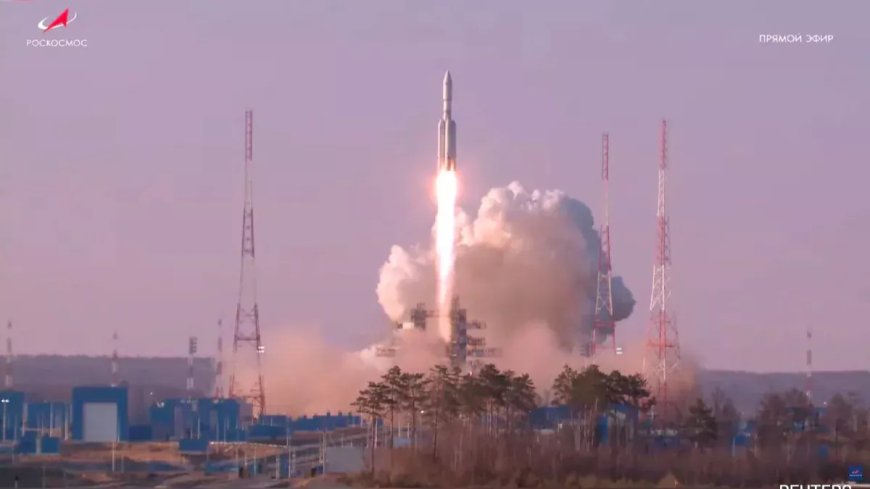Russia's big achievement in space sector, launched Angara-A5 space rocket; You will be surprised to know its weight
Russia tested its Angara-A5 space rocket for the first time on Thursday. This test launch was done from Vostochny Cosmodrome in the Far East. Let us tell you that a 54.5 meter (178.81 feet) three-stage rocket weighing about 773 tonnes can carry about 24.5 tonnes of weight into space. This was Russia's third test which was successful. Earlier this was done on Tuesday and Wednesday.

Russia tested its Angara-A5 space rocket for the first time on Thursday. This test launch was done from Vostochny Cosmodrome in the Far East. Earlier, two launches of Angara rocket on both Tuesday and Wednesday were canceled at the last minute. In fact, the rocket test launch was aborted due to a malfunction in the pressurization system and a problem with the engine launch-control system.
Third test successful
However, this was Russia's third test which was successful. Today, April 11, was a lucky day for Russian space officials. Russia celebrated its Cosmonaut Day ahead of the test. In fact, 63 years ago, Yuri Gagarin of the Soviet Union became the first person to go to outer space. This day is called Cosmonaut Day.
This is the weight of this rocket
Mission control, which launched the rocket, reported that the rocket had reached altitude at more than 25,000 kilometers (15,500 miles) per hour within minutes as it blasted off into space. Russia's space agency, Roscosmos, reported that the rocket functioned normally. Let us tell you that the 54.5 meter (178.81 feet) three-stage rocket, which weighs about 773 tonnes, can carry about 24.5 tonnes of weight into space.
When were the tests conducted?
Russia initiated the Angara project in 1991, a few years after the breakup of the Soviet Union, as a Russian-built launch vehicle. Let us tell you that the first Angara-A5 test flight took place in 2014 and the second in 2020 from Plesetsk in Northern Russia. A partial test was conducted in 2021 which was unsuccessful.







